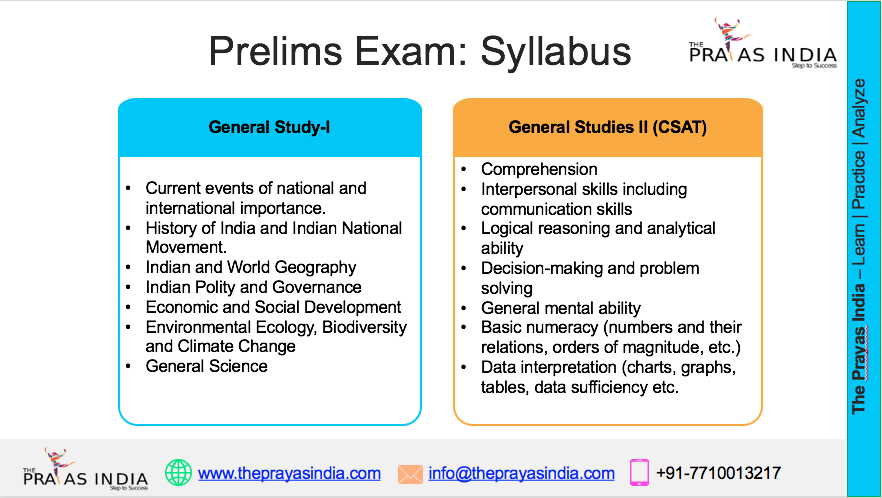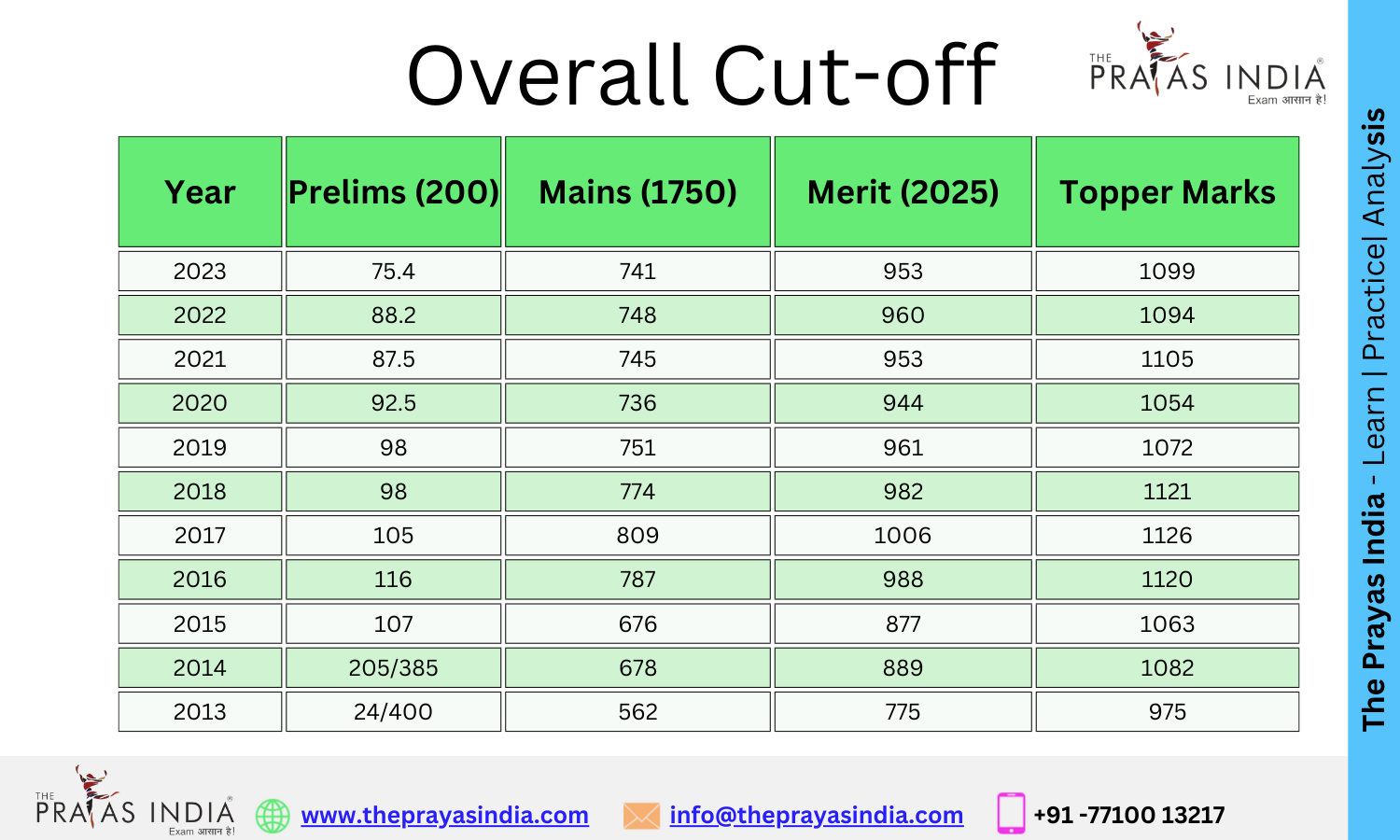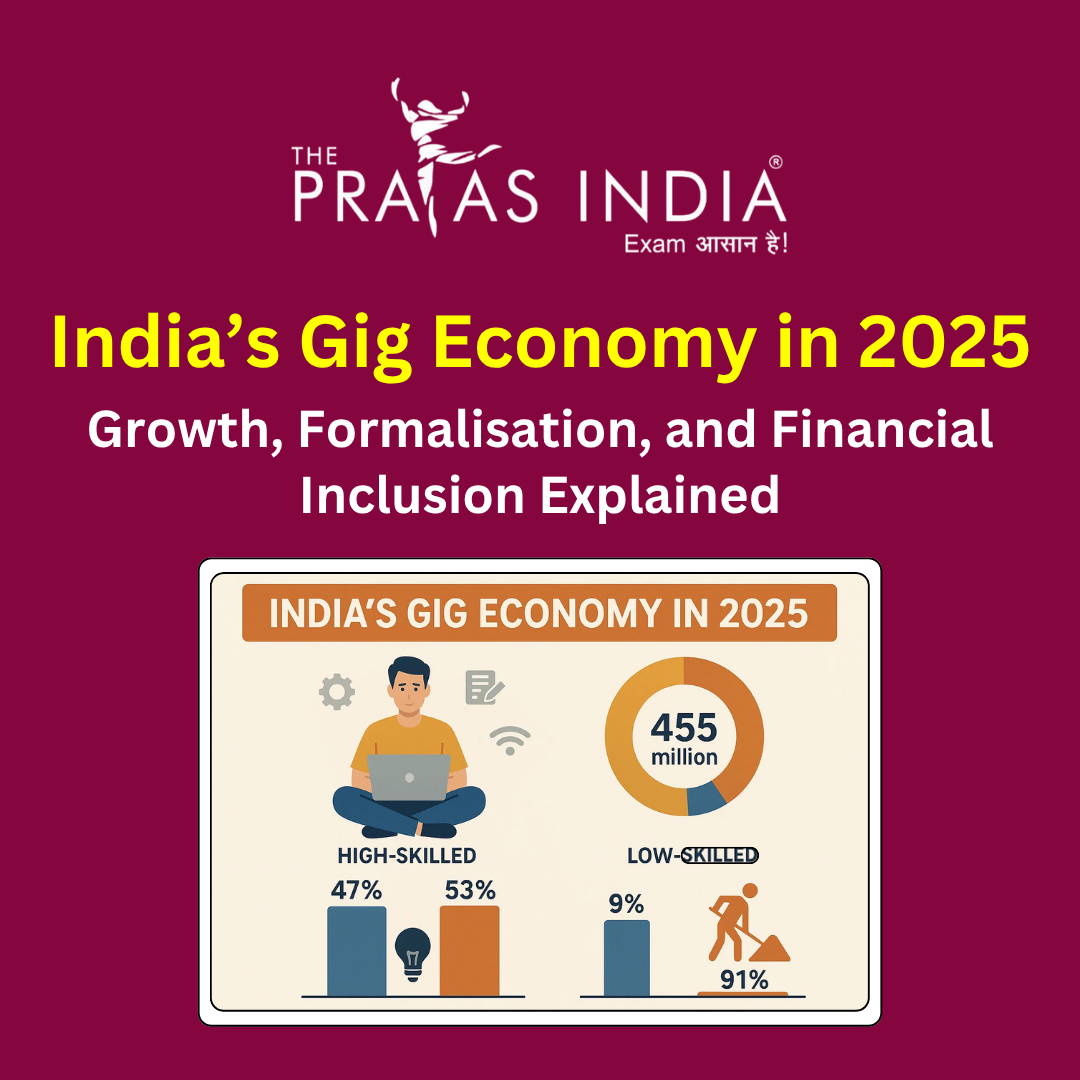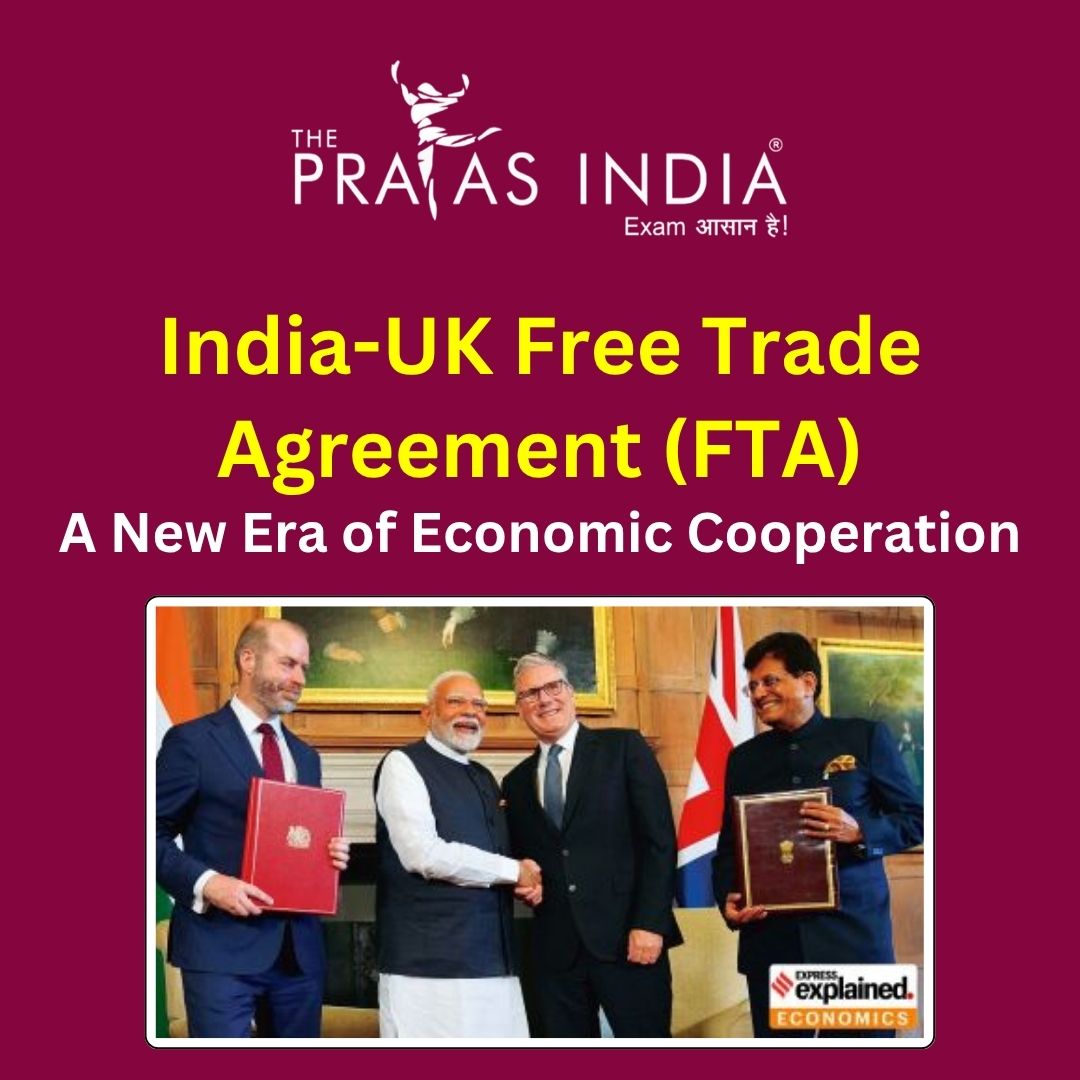India-UK Free Trade Agreement (FTA): A New Era of Economic Cooperation
In a landmark move poised to reshape international trade dynamics, India and the United Kingdom officially signed the India–UK Free Trade Agreement (FTA) on July 24, 2025, in London. This historic deal, signed by Indian Prime Minister Narendra Modi and UK Prime Minister Keir Starmer, marks India’s first major FTA in over a decade and the UK’s most significant post-Brexit trade accomplishment.
Overview: India–UK FTA
After three years of intensive negotiations, the FTA aims to boost annual bilateral trade by £25.5 billion (US$34.5 billion) and double trade to US$120 billion by 2030, with long-term targets extending to US$160 billion by 2040. The agreement is a strategic blueprint to enhance trade in goods and services, promote investment, increase professional mobility, and support MSMEs in both countries.
India–UK Free Trade Agreement: Key Benefits
| Category | India’s Gains | UK’s Gains |
|---|---|---|
| Export Sectors | Tariff elimination on textiles, gems, pharma, agri-products, and more. 20–40% boost in key exports. |
Duty-free access for 64% of exports to India. Gains in beverages, cosmetics, and digital services. |
| Tariff Impact | 99% of Indian exports get zero or reduced tariff. Stronger edge over China, Vietnam, Bangladesh. |
Indian tariffs on UK goods drop from 15% to 3%. Scotch tariffs to fall from 150% to 30% in 10 years. |
| MSME Growth | Boost to clusters in Tiruppur, Surat, Ludhiana, etc. | Entry for brands like Diageo, Jaguar, Aston Martin. |
| Professional Mobility | Mutual recognition of qualifications. Visa relaxation. INR 40 billion saved in social security waivers. |
Access to 60,000 Indian professionals in engineering, finance, and IT. |
| Green Tech & Energy | UK investments in solar, hydrogen, EVs. | Strategic entry into India’s clean energy sector. |
| Agri & Food Processing | 95% of agri tariff lines duty-free. Boost to basmati, seafood, spices. |
Streamlined SPS regulations ease exports. |
| Marine & Fisheries | 99% marine exports duty-free. | Premium seafood options expanded. |
| GI Protection | GI status for feni, toddy, Nashik wine. | Access to high-value Indian cultural exports. |
| Consumer Impact | Cheaper UK luxury cars and alcohol. | Lower prices for Indian textiles, food, pharma, jewelry. |
| Strategic Gains | UK access to EU via Indian hubs. | Stronger digital, defense, and supply chain links. |
Strategic and Operational Gains Under the FTA
Beyond tariff reductions, the FTA delivers long-term economic alignment through:
- Simplified customs for qualified traders with paperless processes.
- Commitment to 48-hour goods clearance.
- Digital trade support with e-authentication.
- Protection against forced source code disclosure.
“The India–UK FTA is not merely a tariff-cutting exercise—it is a strategic blueprint for long-term economic alignment between two complementary economies.” – Ankur Munjal, Country Director, Dezan Shira & Associates, India.
Workforce Deployment & Cost Efficiency
Indian professionals benefit from visa liberalization and social security waivers, which enable:
- Smooth mobility for short-term assignments.
- Single-country social security contributions, saving Indian firms INR 40 billion.
This is a huge advantage for Indian IT, pharma, and consultancy firms operating in the UK.
UK Gains in Government Procurement
UK companies meeting a 20% domestic sourcing rule can now access India’s INR 4 trillion (US$46.3 billion) government procurement market. British firms will be treated as Class II local suppliers, encouraging joint ventures and hybrid supply chain models with Indian counterparts.
Leveraging the India–UK FTA: Strategy for Indian Businesses
1. Realign Contracts and Supply Chains
- Map product categories to tariff schedules.
- Ensure compliance with Rules of Origin.
- Update Incoterms and cost structures.
2. Tap UK Public Procurement
- Partner with UK firms for government contracts.
- Train teams on bid documentation and qualification criteria.
3. Digitize Trade Documentation
- Prepare for paperless customs and 48-hour clearance.
- Align data governance practices with India’s DPDP Act and UK’s GDPR.
Post-Brexit Win for the UK
The India-UK FTA is the UK’s most comprehensive trade pact since Brexit, expected to:
- Create over 2,200 jobs across Britain.
- Attract £6 billion in new investments.
- Add £4.8 billion (US$6.5 billion) to UK GDP annually.
- Boost average wages by £2.2 billion (US$3 billion).
British exporters will benefit as tariffs drop across high-potential sectors:
- Scotch whisky: 150% → 75%, then to 40%.
- Automobiles: 110% → 10% under quotas.
- Aerospace & medical devices: Tariffs eliminated.
India–UK Trade: A Growing Partnership
| Fiscal Year | India’s Exports to UK (US$ Mn) | India’s Imports from UK (US$ Mn) | Total Trade (US$ Mn) |
|---|---|---|---|
| FY 2025–26* | 2,172 | 1,394 | 3,566 |
| FY 2024–25 | 14,550 | 8,607 | 23,157 |
| FY 2023–24 | 12,982 | 8,414 | 21,396 |
| FY 2022–23 | 11,458 | 8,961 | 20,419 |
India maintains a consistent trade surplus, recording US$5.94 billion in FY 2024–25. The FTA is expected to further amplify these gains by unlocking new markets and reducing barriers.
Conclusion
The India–UK Free Trade Agreement is more than just a trade pact—it is a strategic alliance built on shared economic aspirations. By removing longstanding trade barriers, encouraging investment, and enhancing mobility and cooperation, the FTA creates a new roadmap for mutual prosperity.
For India, it promises export growth, job creation, and global positioning as a key trade leader. For the UK, it represents market diversification, investment inflows, and supply chain resilience in a post-Brexit world.
As both nations work toward their Vision 2035 framework, the India–UK FTA sets the foundation for deeper ties across trade, technology, and governance in the years to come.
*Note: FY 2025–26 data is provisional (April–June 2025). All monetary values are approximate conversions.


![Prayas-लक्ष्य [UPSC CSE Target] The Prayas India](https://theprayasindia.com/wp-content/uploads/2021/08/Prayas-लक्ष्य-UPSC-CSE-Target-The-Prayas-India-300x167.png)

![Prayas Pre-भेदश [UPSC CSE Prelims Test Series] The Prayas India](https://theprayasindia.com/wp-content/uploads/2021/08/Prayas-Pre-भेदश-UPSC-CSE-Prelims-Test-Series-The-Prayas-India-300x167.png)










